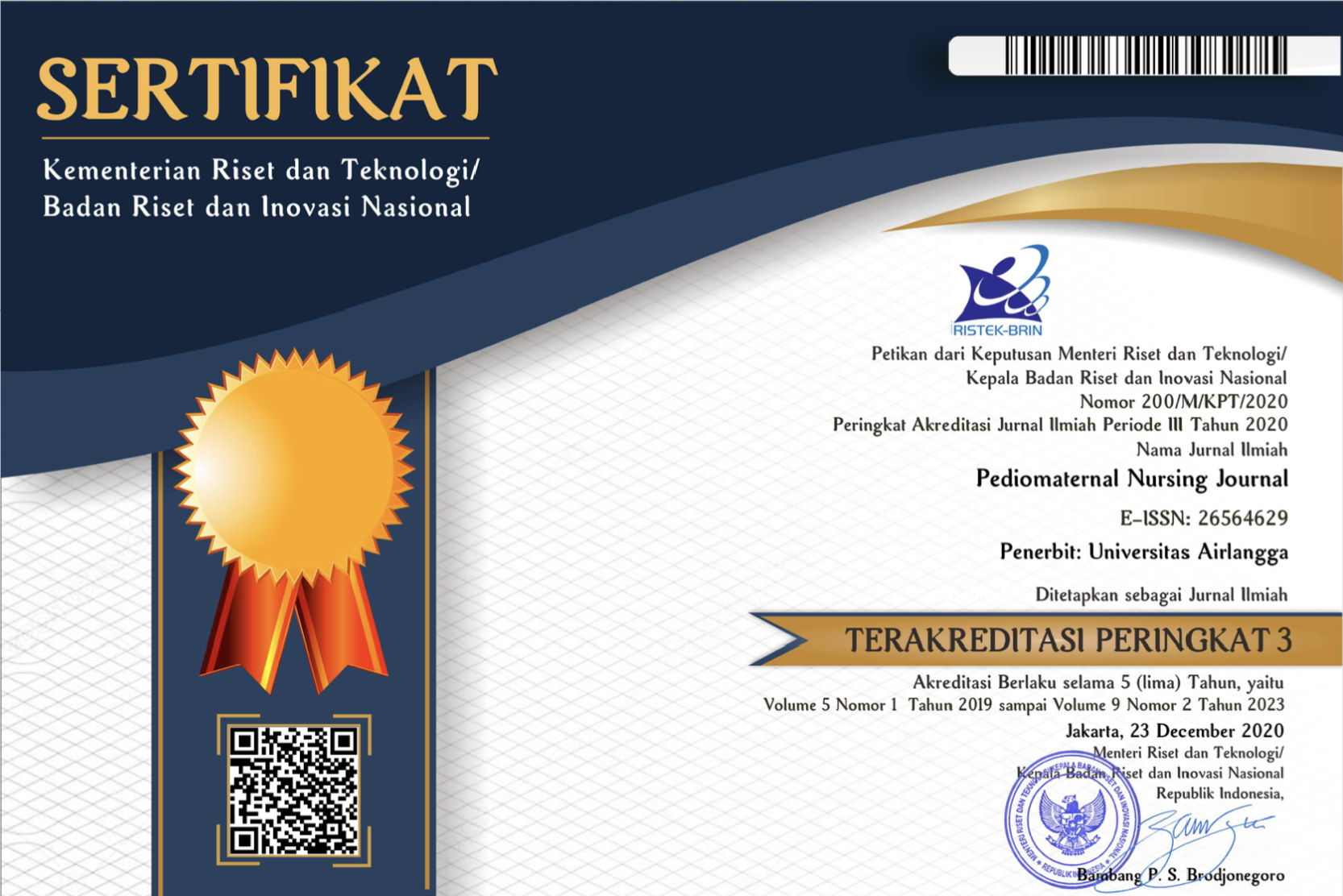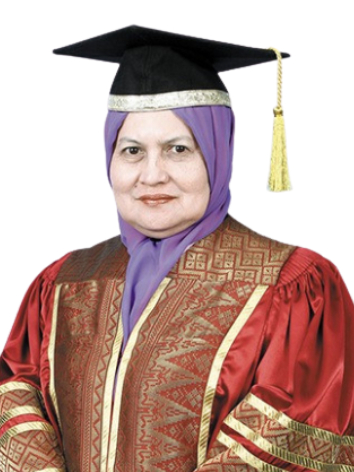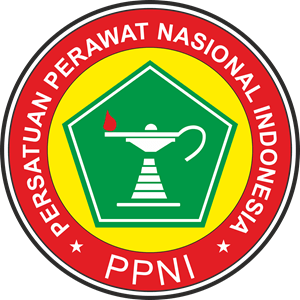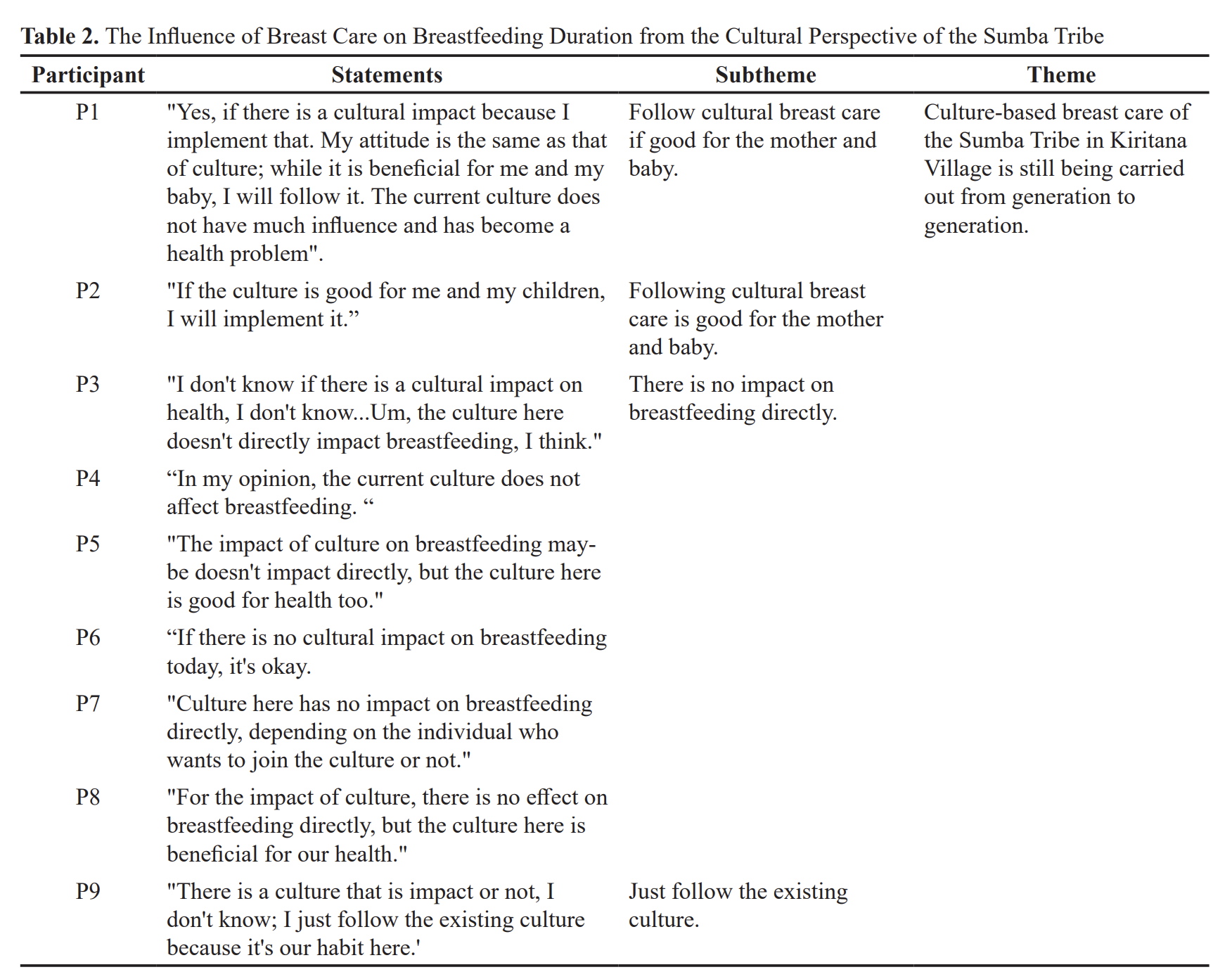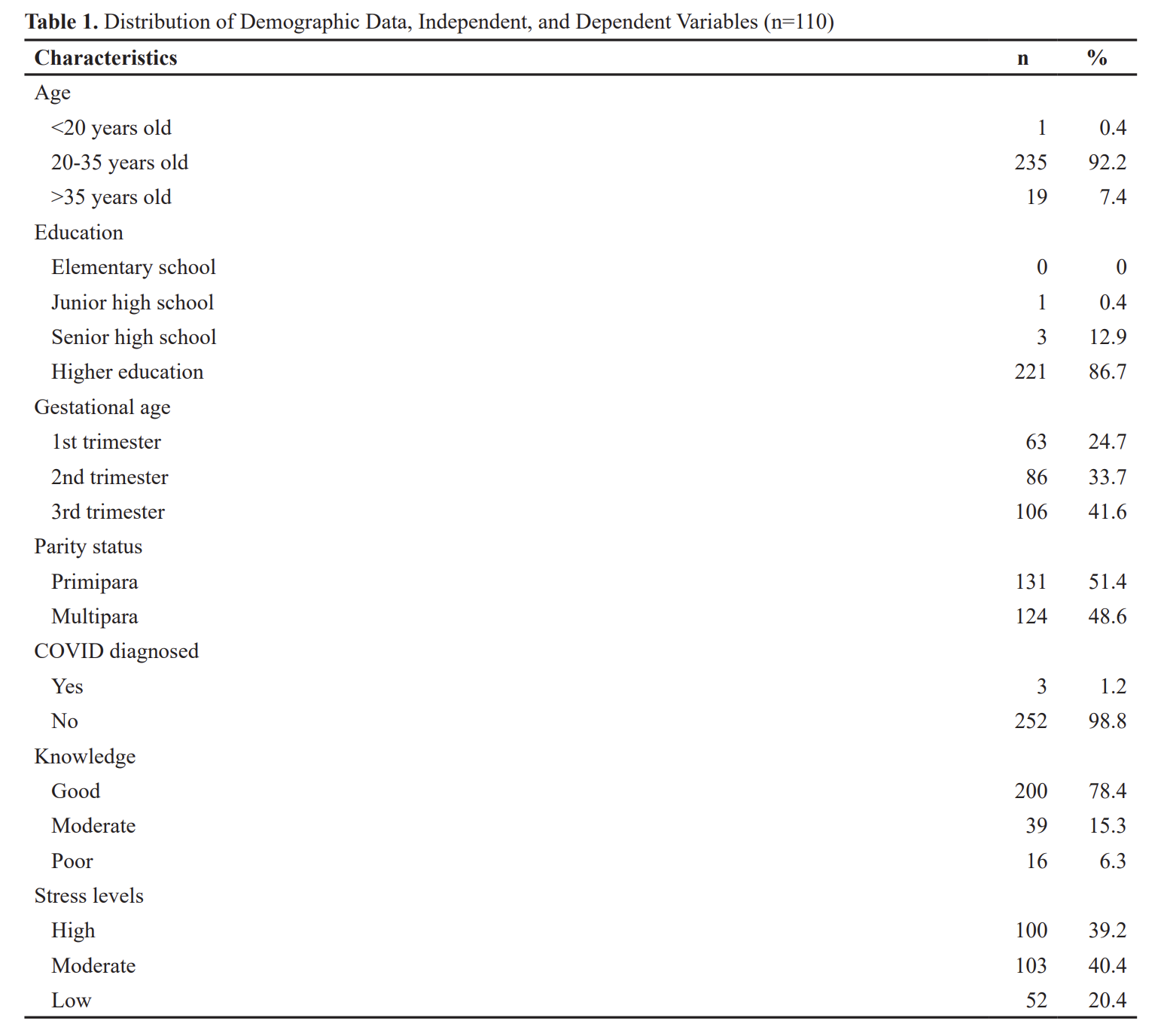FAKTOR PELAKSANAAN PIJAT BAYI DI RUANG NIFAS
Downloads
Introduction: The newborn or neonate is a baby who must meet a number of developmental tasks to obtain and maintain their own physical growth and development as separate from the mother's body. Various factors can affect growth and development in infants, one factor was common stimulation for infants is tactile stimulation in the form of massage such as baby massage. The infant massage is able to provide a sense of security, creating emotional and social relationship between mother and baby. This study was aimed to investigate factors correlating with the implementation of infant massage in the postpartum ward of Kupang Police Hospital.
Method: The study design was descriptive cross sectional analytic approach. The independent variables in this study were maternal knowledge, maternal beliefs, health resources, support health workers and family support. The dependent variable in this study was the implementation of infant massage. The samples in this study were 15 mothers giving birth in the postpartum ward of Kupang Police Hospitals and entered in the category inclusion. Retrieval of data through questionnaires administered to the mother postpartum researchers at day 2 and day 3 postpartum.
Result: Based on the results of statistical tests Spearman Rho p<0.05 then H1 was accepted in the study of maternal knowledge relations p=0.015 (r= 0.612 ), maternal confidence p =0.000 (r=0.866), health resource p=0.018(r =0.600), support health workers p=0.000 (r =0.873), and family support p=0.810 ( r = -0.068 ).
Discussion: It can be concluded that there was a strong relationship between maternal knowledge and health resources to the implementation of infant massage and also there was a very strong relationship between maternal confidence and support of health workers with the implementation of infant massage. There needs to be more research on the role of health workers in providing health education on infant massage as supportive-educative system according to Orem's theory.
Adriana, D, 2011, Tumbuh kembang & terapi bermain pada anak, Penerbit Salemba Medika, Jakarta
Alwisol, 2004, Psikologi Kepribadian Edisi Revisi, Penerbit Universitas Muhammadiyah, Malang
Aminati, Dini, 2013, Pijat dan Senam Untuk Bayi dan Balita, Briliant Books, Sleman
Arikunto, Suharsimi, 2010, Prosedur Penelitian, Rineka Cipta, Jakarta
Bandura, Albert, 1997, Self Efficacy : The exercise of control, Freeman, New York
Bennet, F.C. & Guralnick, M.J, Effectiveness of developmental intervention in the first five years of Live. Dalam : Blackman, J.A., penyunting. Developmental and behavior : The very young child. Pediatric Clin North Am, 38, 1513-28. Dalam Soedjatmiko. (2006). Pentingnya stimulasi dini untuk merangsang perkembangan bayi dan balita terutama pada bayi resiko tinggi, Sari Pediatri, 8, 164-173, Jakarta
Djitowiyono, S. & Kristiyanasari, W, 2010, Asuhan keperawatan neonatus dan anak, Nuha Medika, Yogyakarta
Godwyn. 2004, Vanderbuilt Mental Health Self Efficacy Quistionairrie. http://www.fasttrackproject.org Tanggal 20 Oktober 2013 Jam 10.00 WIB
Green, Lawrence, 1991, Health Promotion Planning. Freeman, New York
Heath dan Bainbridge, 2007, Baby Massage, Dian Rakyat, Jakarta
Hidayat, A. Aziz Alimul, 2011, Metode Penelitian Keperawatan dan Teknik Analisis Data, Salemba Medika, Jakarta
Hurlock, 2002, Perkembangan anak. Edisi Keenam, Jilid 2, Erlangga, Jakarta
Yahya, Nadjibah, 2011, Spa Bayi dan Anak, Tiga Serangkai, Solo
Lee Naurah, 2009, Cara Pintar Merawat Bayi 0-12 Bulan, CV Solusi Distribusi, Yogyakarta
Nadesul, Handrawan, 2009, Membesarkan Bayi Jadi Anak Pintar (Panduan Bagi Ibu), Kompas, Jakarta
Notoatmodjo, Soekidjo, 2012, Promosi Kesehatan Dan Perilaku Kesehatan Edisi Revisi 2012, Rineka Cipta, Jakarta
________________, 2010, Metodologi Penelitian Kesehatan, Rineka Cipta, Jakarta
Nursalam, 2011, Konsep dan Penerapan Metodologi Penelitian Ilmu keperawatan, pedoman Skripsi, Tesis dan Instrumen Penelitian Keperawatan, Salemba medika, Jakarta
Nursalam & Siti, P, 2001, Konsep dan Penerapan Metodologi Keperawatan, Salemba Medika, Jakarta
Pohan, I. S, 2006, Jaminan Pelayanan Kesehatan, EGC hal 28, Jakarta
Prasetyono, 2009, Teknik-teknik tepat memijat bayi sendiri, Penerbit DIVA Press, Yogyakarta
Ratih, Iskarima, 2007, Buku Pintar Perawatan Bayi Dan Anak Usia Emas, Gala ilmu semesta, Yogyakarta
Riksani, Ria, 2012, Cara Mudah dan Aman Pijat Bayi, Dunia Sehat, Jakarta Timur
Roesli, Utami, 2009, Pedoman Pijat Bayi, PT Trubus Agri Widia, Jakarta
Sari, Dewi Afrita dkk, 2010, "Pengaruh Pijat Bayi Baru Lahir Terhadap Bounding Attachment”, [Skripsi], Jurusan Keperawatan Universitas Sumatera Utara, Sumetra Utara
Sari, Nurul Indah, 2010, "Efektifitas Pijat Bayi Terhadap Peningkatan Berat Badan Bayi Premature”, [Skripsi], Program Studi D-IV Bidan Pendidik Jurusan Keperawatan Universitas Sumatera Utara, Sumatera Utara
Sugiyono, 2007, Metode Penelitian Kuantitatif Kualitatif dan R&D, Alfabeta, Bandung
Sunarsih, Tri, 2010, "Pengaruh Pijat Bayi Terhadap Kenaikan Berat Badan Bayi Umur 0-3 Bulan di BPS Saraswati Sleman Yogyakarta”, [Thesis], Jurusan Magister Keperawatan Anak Universitas Gadja Mada, Yogyakarta
Zainiyah, Zakkiyatus dan Susanti, Eny, 2010, "Hubungan Pijat Bayi Dengan Perkembangan Motorik Kasar Bayi Usia 6-12 Bulan di BPS Sri Retno Wahyuningsih, S.ST (Wilayah Kerja Puskesmas Bangkalan)”, [Artikel Kesehatan], Akademi Kebidanan Ngudia Husada Madura, Madura
Copyright (c) 2019 Ketut L. Aryati, Esti Yunitasari, Retnayu Pradanie

This work is licensed under a Creative Commons Attribution 4.0 International License.
1. The journal allows the author to hold the copyright of the article without restrictions.
2. The journal allows the author(s) to retain publishing rights without restrictions.
3. The legal formal aspect of journal publication accessibility refers to Creative Commons Attribution (CC BY).

